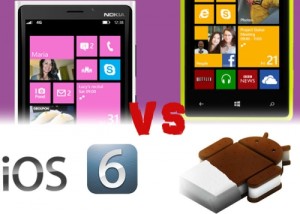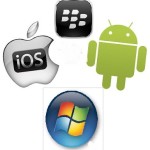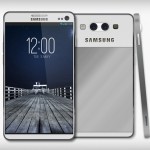Internet
As I have stated in my other articles, the Internet is now the “big player” in this age. Web browsing has been, and more likely will always be, an important aspect in an everyday life of a person. It may as well be a necessity in our lives right now. With that said, many smartphones right now are making advances in creating better ways to browse the web using their own phones. That means that people are able to browse the web as long as there is a wifi connection in the area. Though various web browsers are available for download, there is already a pre-packed web browser for each operating system.
The speed of browsing the web is dependent on a few factors: from the software and the browser to the hardware specification of the product you are using.
Android – Google
Jelly Bean now relies on Google Chrome as its default browser, a pared down version of the popular desktop client and it provides a simple and clean interface and generally good browsing speeds.
Android is the most susceptible to variable browsing speeds though as the vast range of handsets from bargain-basement to bank-busting have very different power capabilities.
Top handsets such as the Galaxy S3, Nexus 4 and One X+ can all keep pace with the rival systems, but the budget devices are noticeably slower when it comes to browsing the web.
iOS – Apple
OS 6 (left), like Android and Windows Phone, has taken a desktop web browser and adapted it for the smaller screen using Apple’s Safari.
Unlike Android handsets, iPhones have always been high-end handsets with decent specifications, providing a more linear web experience no matter whether you’re on an iPhone 3GS or iPhone 5.
More features such as offline reading and integration to iCloud allowing for tab syncing arrived with the iOS 6 update, plus there are Smart App Banners which help sites promote their apps, bringing a richer cohesion to the whole platform.
Windows Phone 8 – Microsoft
Windows Phone 8 takes internet browsing very seriously, bringing the latest version of Internet Explorer, IE10.
This helps keep WP8 at the forefront of the mobile internet browsing, but also keeps you safe whilst you do. IE10 comes with a phishing filter and SmartScreen service to make it harder for you to be tracked by malicious websites.
Blackberry 10 – Blackberry
The new browser in BlackBerry 10, which design wise looks very similar to IE in WP8 and it has all the features you’d expect including bookmarks and reader mode.
The BB10 browser is impressively fast and more than capable of mixing it with the rest of the crowd, so you needn’t worry about web surfing if you fancy a BlackBerry Z10 or Q10.
It also comes with the vaunted Reading Mode and supports Flash too, making it an almost unrecognizable change from the rubbish browsers found on BB7 devices.
As you can see, the manufacturers and developers of these smart phones take web browsing very seriously. They will take every precaution to ensure better satisfaction from their clients.







